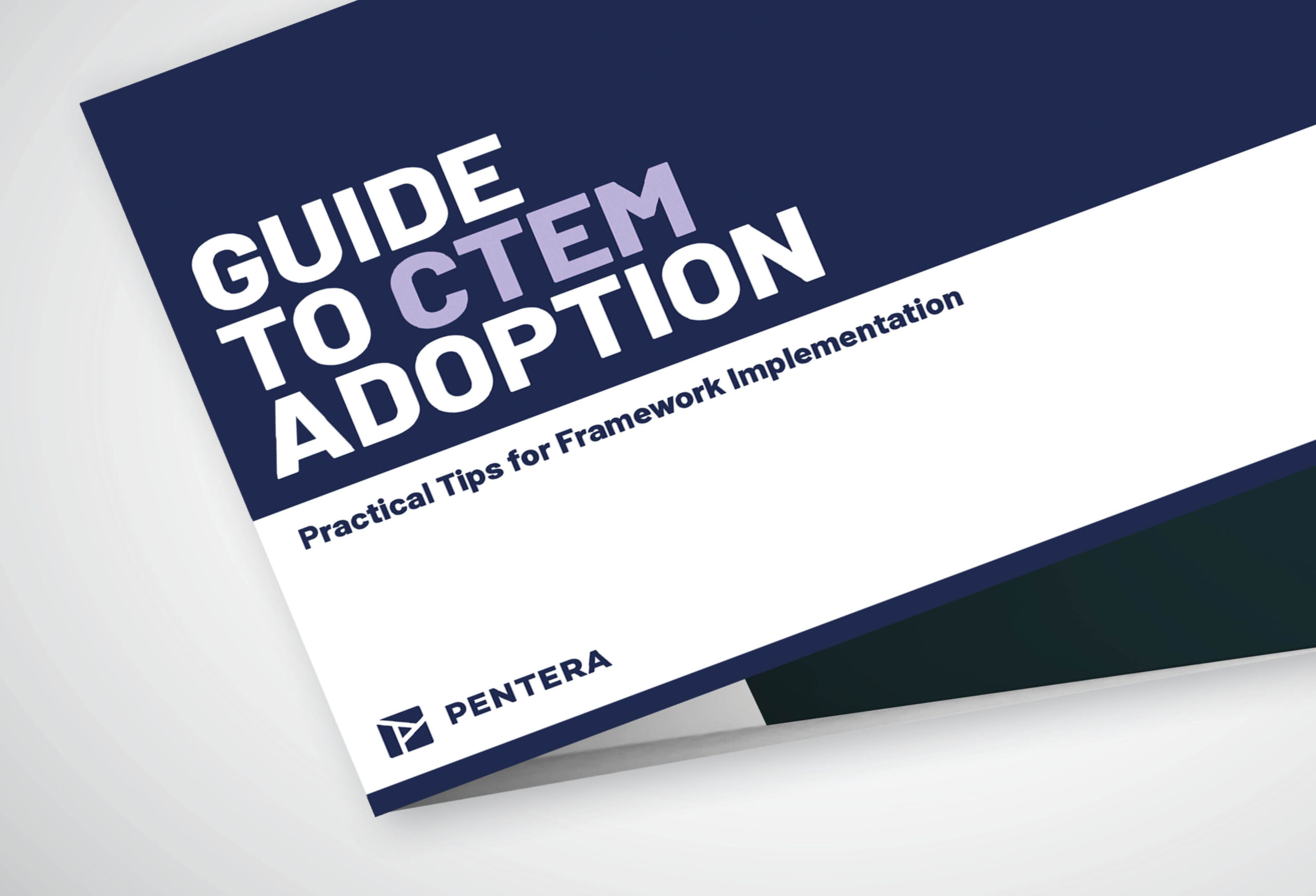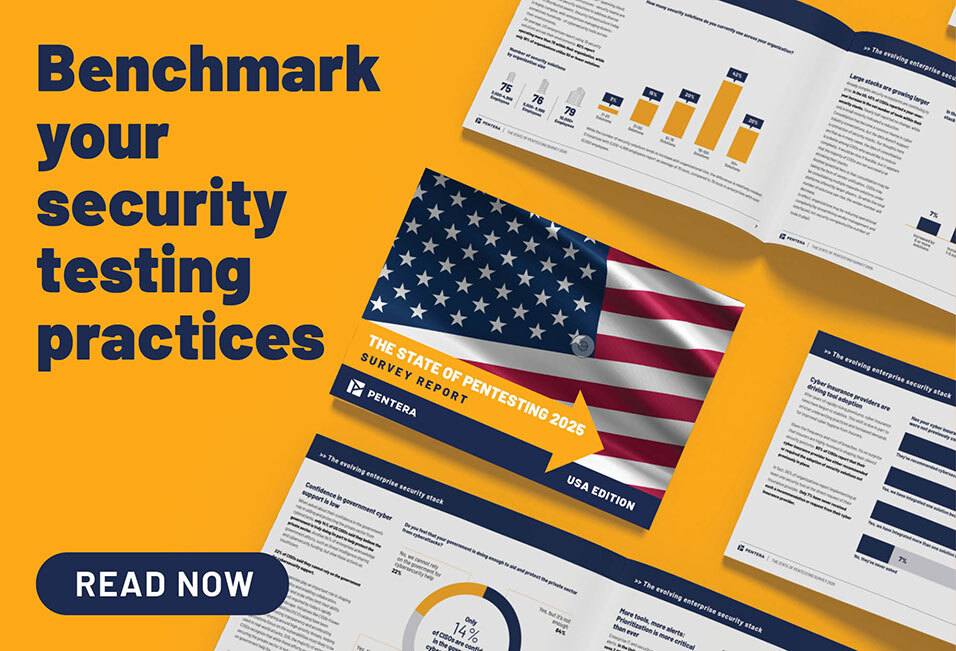What is Penetration Testing as a Service (PTaaS)?
Penetration Testing as a Service (PTaaS) is a form of penetration testing that combines manual and human testing on a dedicated platform, allowing IT professionals to complete point-in-time and continuous penetration tests. It enables organizations to build strong and consistent vulnerability management programs, boosting the process of identifying and addressing vulnerabilities across an organization’s entire attack surface.
Why is Penetration Testing as a Service (PTaaS) Crucial for Cybersecurity?
Traditional penetration testing is often reactive, with results delayed until the test concludes. PTaaS addresses this by providing real-time vulnerability detection and continuous monitoring. This capability is especially important in DevSecOps environments, where security is an integral part of the software development lifecycle. PTaaS also plays a key role in proactive threat hunting, identifying vulnerabilities before they can be exploited. By continuously testing systems, PTaaS ensures that organizations stay ahead of the latest threas, safeguarding their digital infrastructure.
Key Benefits of Penetration Testing as a Service (PTaaS)
- Attacker-Like Perspective: Learn how threat actors perceive your current security posture and how existing security measures respond to real-life attacks.
- Continuous, Real-Time Testing: Identify and resolve vulnerabilities as they arise, ensuring no exposure between scheduled tests.
- Cost-Effective: PTaaS uses a pay-as-you-go model, making it more affordable than traditional methods that require high upfront costs.
- Faster Remediation: With real-time reporting, security issues can be addressed immediately, minimizing the risk of exploitation.
- DevSecOps Integration: PTaaS integrates seamlessly into CI/CD pipelines, allowing security to be embedded into every stage of development.
- Access to Security Experts: Many PTaaS platforms provide access to cybersecurity professionals, enabling expert guidance in addressing complex vulnerabilities.
- Scalability: PTaaS scales effortlessly to meet the security needs of growing organizations, from small projects to enterprise-wide assessments. PTaaS is not only scalable across industries but also highly customizable, supporting both small businesses and large enterprises. With flexible pricing models and the ability to cater to different security needs, PTaaS adapts easily to your organization’s security requirements.
PTaaS vs. Traditional Penetration Testing
Traditional penetration testing is typically conducted only once or twice per year, delivering static reports that often result in delayed remediation. PTaaS, by contrast, offers continuous, dynamic testing that allows organizations to address vulnerabilities immediately. With on-demand testing and real-time insights, PTaaS ensures proactive security, reducing the risk of emerging threats being overlooked.
How to Choose a PTaaS Provider?
When selecting a PTaaS provider, consider these factors:
- Manual and Automated Testing: A combination ensures thorough detection of complex vulnerabilities.
- Integration with DevSecOps: The provider should offer easy integration with your development pipelines for continuous security testing.
- Actionable Reporting: Reports should provide detailed, easy-to-understand remediation steps, tailored for both technical and non-technical audiences.
- Compliance Support: Look for PTaaS providers that help meet regulatory standards like GDPR, ISO27001, and SOC2.
- Security Expert Access: Ensure the provider gives direct access to experts for remediation support.
- Scalability: Choose a flexible provider that can grow with your organization, offering customized solutions based on your security needs.
Potential Challenges of Penetration Testing as a Service (PTaaS)
Although PTaaS provides many advantages, there can be challenges. For organizations with complex or specialized architectures, the standard PTaaS offering may not cover every unique security aspect. In such cases, specialized consultants may be necessary. Additionally, external vendors may limit the frequency of continuous testing, requiring pre-approval in certain environments (such as AWS).
PTaaS and Continuous Threat Exposure Management (CTEM)
PTaaS is an integral part of Continuous Threat Exposure Management (CTEM), helping organizations proactively detect and address vulnerabilities. With its real-time insights and integration with development processes, PTaaS ensures risks are mitigated before they can be exploited, making it an essential tool in any modern cybersecurity strategy.
Continuously validate your defenses.
Download our Guide to Continuous Threat Exposure Management Adoption.


